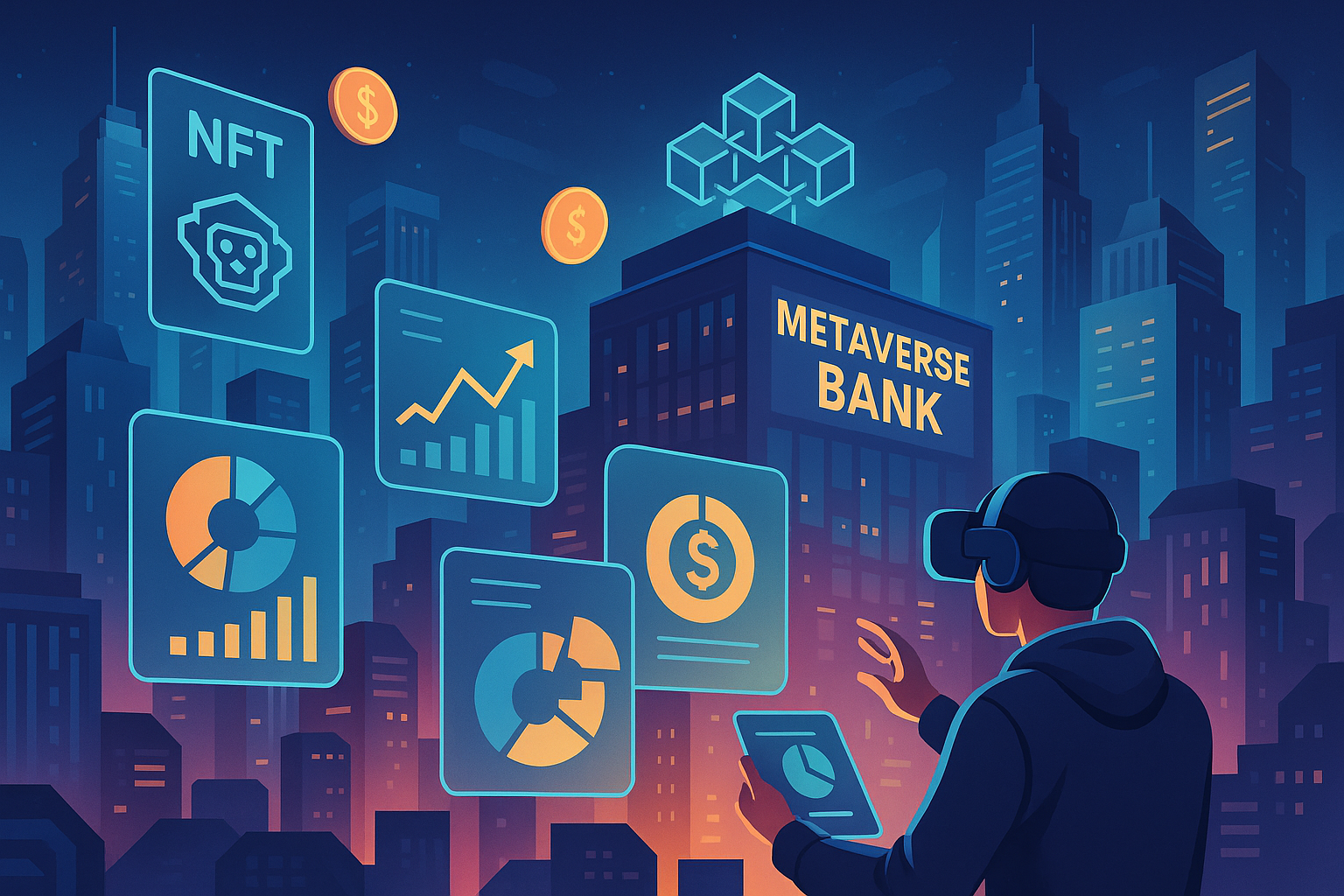

As the concept of the metaverse becomes increasingly tangible, a new financial ecosystem is quietly taking shape. People are not only engaging in entertainment, socialization, and transactions in virtual environments—they are also replicating real-world financial logic within digital spaces. In this context, the idea of metaverse banking has emerged. Rather than traditional brick-and-mortar institutions, these new entities serve as decentralized financial hubs for managing virtual identities, digital assets, and on-chain credit.
In the metaverse, each user’s account reflects a unique digital identity, often linked to a blockchain wallet, NFTs, or Soulbound Tokens (SBTs). Metaverse banks act as hybrid platforms that manage both identity and asset portfolios, offering multi-chain wallet integration, asset visualization, and yield tracking. Users no longer need to log in through apps or banks—they access the financial metaverse via private keys or biometric recognition and interact seamlessly with DApps and virtual environments.
Just as traditional banks safeguard fiat, gold, and stocks, metaverse banks provide custody for virtual lands, NFT avatars, gaming tokens, and stablecoins. Their core service is to secure these assets while enabling users to grow them through DeFi protocols. This includes staking virtual lands for liquidity mining or leasing NFTs for passive income. AI-driven risk control and on-chain analytics will offer personalized asset management and investment suggestions, reshaping wealth strategies in the digital era.
In the metaverse, trust and credit are rebuilt on the foundation of "verifiable history" instead of centralized documentation. Metaverse banks analyze wallet behaviors—such as token holdings, staking duration, or DAO voting participation—to construct decentralized credit profiles. This allows users to apply for loans without submitting ID cards, based purely on blockchain behavior. Concepts like "on-chain proof of income" and "digital asset-backed borrowing" may soon replace traditional credit checks entirely.
With each metaverse platform adopting its own token economy, metaverse banks are becoming critical cross-chain payment gateways. They facilitate seamless transactions involving USDT, ETH, MATIC, SAND, APE, and more. Many may also introduce their own stablecoins to enable in-metaverse commerce, tax payments, and service fees—creating a closed-loop financial ecosystem. Payments may soon be executed with a voice command in VR, powered by smart contracts and decentralized protocols.
One of the defining features of metaverse banking is the lack of central authorities. Governed by DAOs (Decentralized Autonomous Organizations), key decisions and updates are voted on by users, enhancing transparency and engagement. Governance tokens may offer both decision-making power and revenue-sharing incentives. Tomorrow’s metaverse banks could resemble a fusion of bank, asset manager, and data engine—providing comprehensive financial support throughout a user's virtual journey.